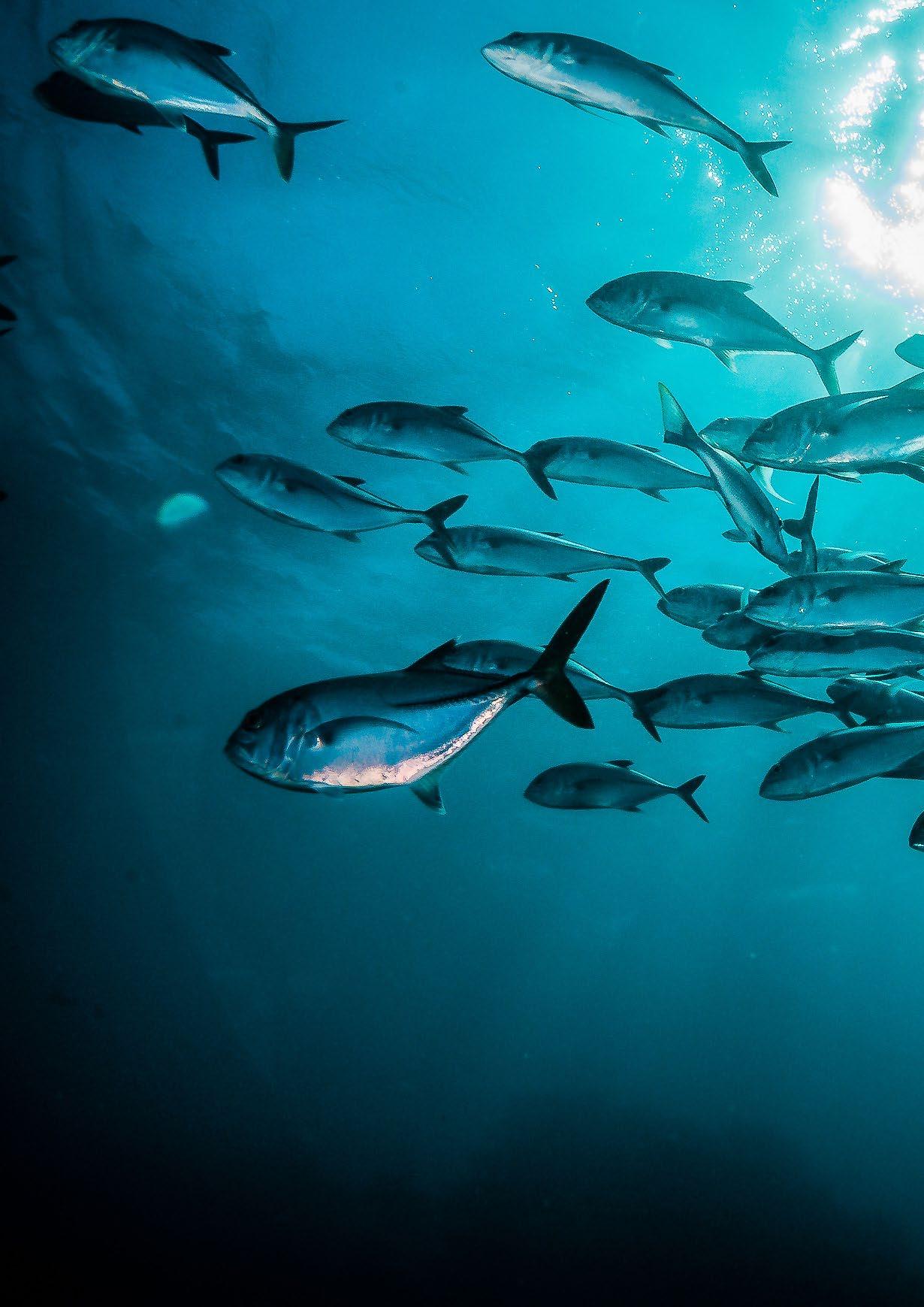
3 minute read
Mission Blue Announces New Hope Spot In the Antarctic
Written By | DARBY BONNER
Mission Blue (Sylvia Earle Alliance), led by legendary oceanographer Dr. Sylvia Earle, is uniting a global coalition to inspire an upwelling of public awareness, access and support for a worldwide network of marine protected areas (MPAs) – known as Hope Spots. Currently, the Mission Blue/Sylvia Earle Alliance includes more than 200 respected ocean conservation groups and like-minded organisations, from large multinational companies to individual scientific teams doing critical research. Mission Blue also supports the work of conservation NGOs that share the mission of building public support for ocean protection. Mission Blue are making Hope Spots a reality and are hoping to form a global network of MPAs large enough to restore the ocean, the heart of our blue planet.
Advertisement

What Is an Ocean Hope Spot?
A Hope Spot is any special place that is critical to the health of the ocean. Hope Spots are about empowering and supporting individuals and communities around the world in their efforts to protect the ocean.
Why Are Hope Spots Important for Our ‘Blue Planet’?
Hope Spots are unique areas which provide hope for the well-being of our blue planet. This could be due to the high diversity of species found there, their role as major migratory or spawning grounds, the presence of particularly rare, threatened or endemic species, as well as those with significant historical, cultural or spiritual value. Mission Blue’s goal is to unite efforts to protect the ocean through a network of globally connected Hope Spots by raising public awareness and promoting access and support for their conservation and protection.
The East Antarctic Hope Spot

The East Antarctic Hope Spot, which was designated at the start of the year is an ice sheet on the eastern tip of the continent that flows into the Southern Ocean. The ecologically rich area hosts a variety of wildlife, including penguins, whales, seals, krill and nearly half of the world’s Ross seal population. The remote area remains largely untouched by human intervention, however, increased human activities and associated infrastructure could have long-lasting effects on the environment.
The Antarctic and Southern Ocean Coalition (ASOC) is developing international campaigns to designate an East Antarctic marine protected area (MPA). The proposed MPA will be designed to achieve a variety of conservation objectives, such as protecting foraging areas and conserving biodiversity. The designation of the area as a Mission Blue Hope Spot, will help raise the profile of this important ecosystem and assist with garnering public and government support for its protection.
How are Hope Spots Built?
Hope Spots are built on a number of key principles, the first of which involves identifying the area that will be protected. Once this has been decided, the threats and issues facing the area need to be identified, and actions to tackle these need to be prioritised and agreed upon.
“Hope Spots have an advantage, as they are proposed by the community for the community to improve ocean protection,” Sylvia Earle says. “Often, the idea to protect an area comes first from the central government, and then the challenge is to get the local community engaged. By definition, Hope Spots are already working from the community angle from their instigation.”
The vital next step is stakeholder engagement, be that with members of the local community or at a government and policy level. Making progress to conserve and protect a Hope Spot will be extremely challenging without the involvement and buy-in of all the relevant stakeholders. Another important piece of the puzzle to ensure the long-term success of a Hope Spot is the accessibility to funding streams that can be utilised to support conservation and monitoring activities as well as management actions.
How Can Someone Nominate a Hope Spot?
Individuals, NGOs or Institutions who feel that the area they are actively working in meets the Hope Spot criteria and have the support of the local community are welcome to submit a nomination. Nominations can be submitted via the Mission Blue website, where specific information such as current threats, ecological significance, details on the goals and actions planned for the Hope Spot and information on community/ government support can be submitted. The nomination will then be taken through a review process which may ultimately lead to its designation as a Mission Blue Hope Spot.
How Will Current and New Hope Spots Will Protect the Ocean and Our Blue Planet?
Mission Blue’s dream is to lead the way in creating a global network of Hope Spots that will protect and restore a healthy ocean and our blue planet.

Mission Blue aims to support and guide community members, conservationists, researchers and teachers on their journey to help the ocean. Collectively Hope Spots create a global wave of community support for ocean conservation that leaders and policy makers cannot ignore.
Website: https://missionblue.org










